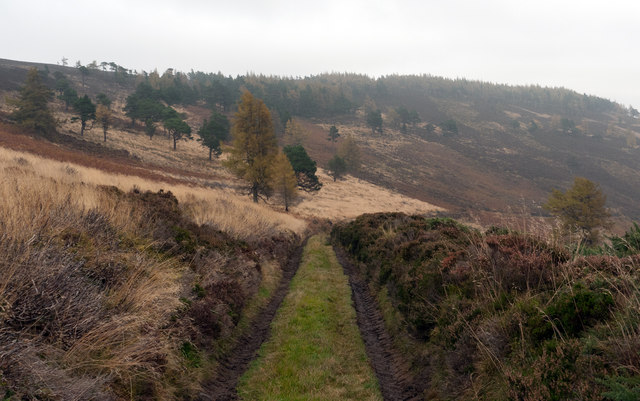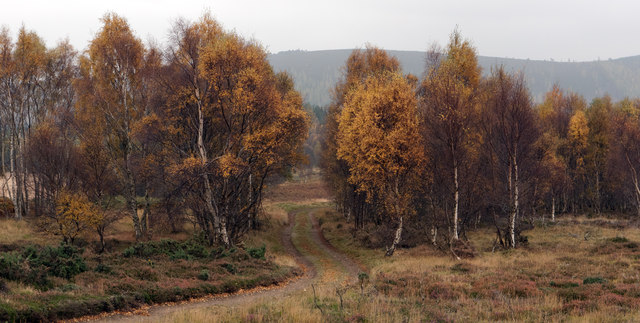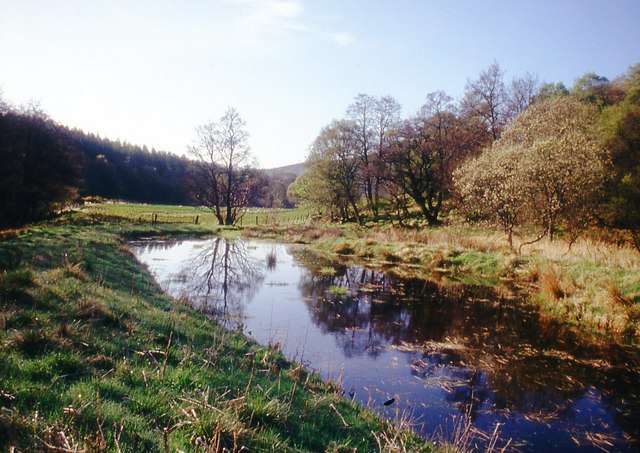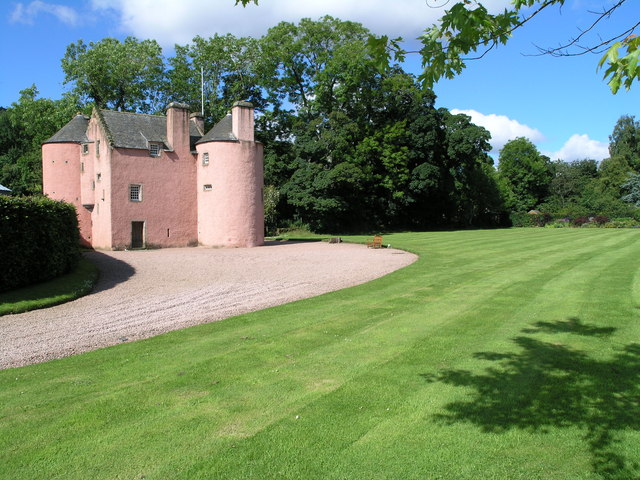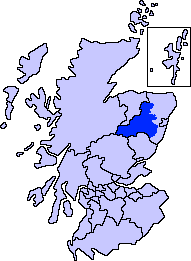Black Hill
Hill, Mountain in Aberdeenshire
Scotland
Black Hill
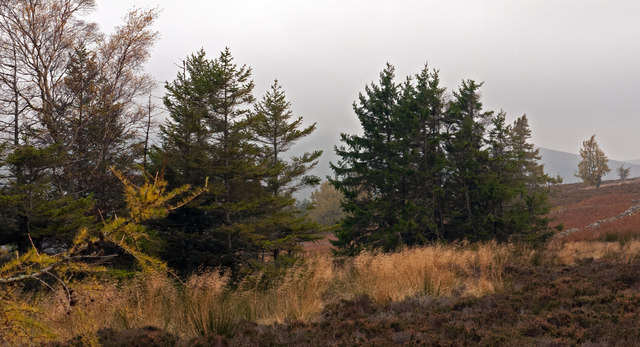
Black Hill is a prominent hill located in Aberdeenshire, Scotland. Situated approximately 5 miles south of the town of Stonehaven, it stands at an elevation of 500 meters (1,640 feet) above sea level. The hill is part of the Grampian Mountains range, which stretches across the central and eastern regions of Scotland.
Black Hill is easily recognizable due to its distinctive shape, featuring a steep and rugged slope covered in heather and grass. The hill offers breathtaking panoramic views of the surrounding countryside, including the nearby North Sea coastline and the town of Stonehaven.
The area surrounding Black Hill is rich in wildlife, with a diverse range of flora and fauna. The heather-covered slopes attract a variety of bird species, including buzzards and kestrels, while red deer and mountain hares can often be spotted roaming the hillside. The hill also boasts a variety of plant life, such as blaeberry bushes and cotton grass, adding to its natural beauty.
Hiking and walking enthusiasts are drawn to Black Hill for its challenging yet rewarding trails. Several paths lead to the summit, offering different levels of difficulty for outdoor enthusiasts of all abilities. The ascent can be steep in certain sections, but the stunning views at the top make it well worth the effort.
Overall, Black Hill is a picturesque and rugged hill in Aberdeenshire, offering visitors a chance to immerse themselves in Scotland's natural beauty and enjoy breathtaking views of the surrounding landscape.
If you have any feedback on the listing, please let us know in the comments section below.
Black Hill Images
Images are sourced within 2km of 57.263972/-2.7930125 or Grid Reference NJ5219. Thanks to Geograph Open Source API. All images are credited.


Black Hill is located at Grid Ref: NJ5219 (Lat: 57.263972, Lng: -2.7930125)
Unitary Authority: Aberdeenshire
Police Authority: North East
What 3 Words
///harshest.replayed.stable. Near Alford, Aberdeenshire
Nearby Locations
Related Wikis
Terpersie Castle
Terpersie Castle (originally built as Dalpersie House) is a 16th-century tower house in Tullynessle, Aberdeenshire, Scotland, located 5 kilometres (3...
Tullynessle
Tullynessle is a hamlet in Aberdeenshire, Scotland, three miles NNW of Alford.The settlement contains the Category A listed Terpersie Castle, a privately...
Brux Castle
Brux Castle was a castle of the Forbeses, about 1.5 miles (2.4 km) east of Kildrummy, Aberdeenshire, Scotland, south of the river Don. The castle was...
Marr, Scotland
Marr (Scottish Gaelic: Màrr) is one of six committee areas in Aberdeenshire, Scotland. It has a population of 34,038 (2001 Census). Someone from Marr...
Have you been to Black Hill?
Leave your review of Black Hill below (or comments, questions and feedback).
